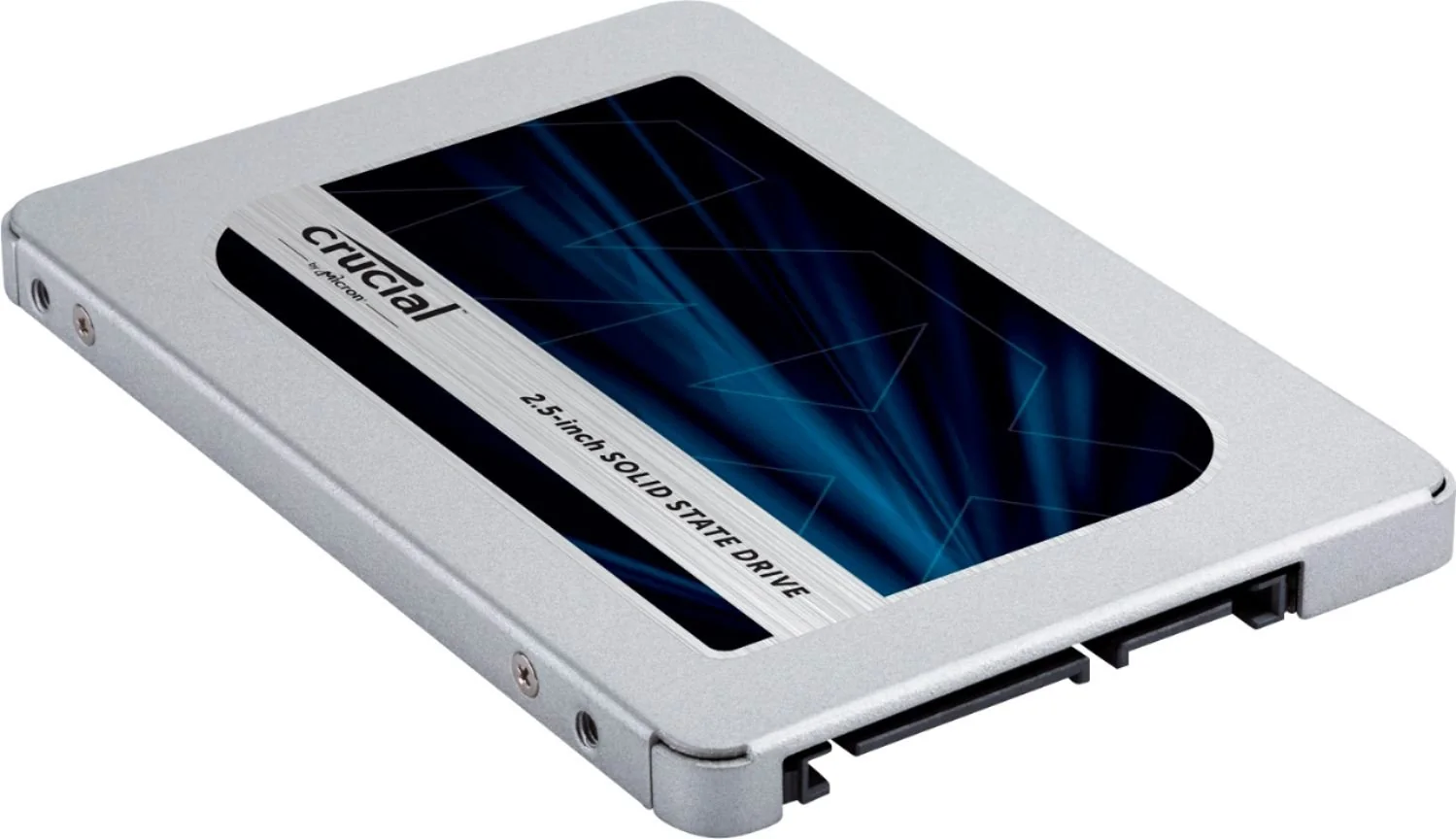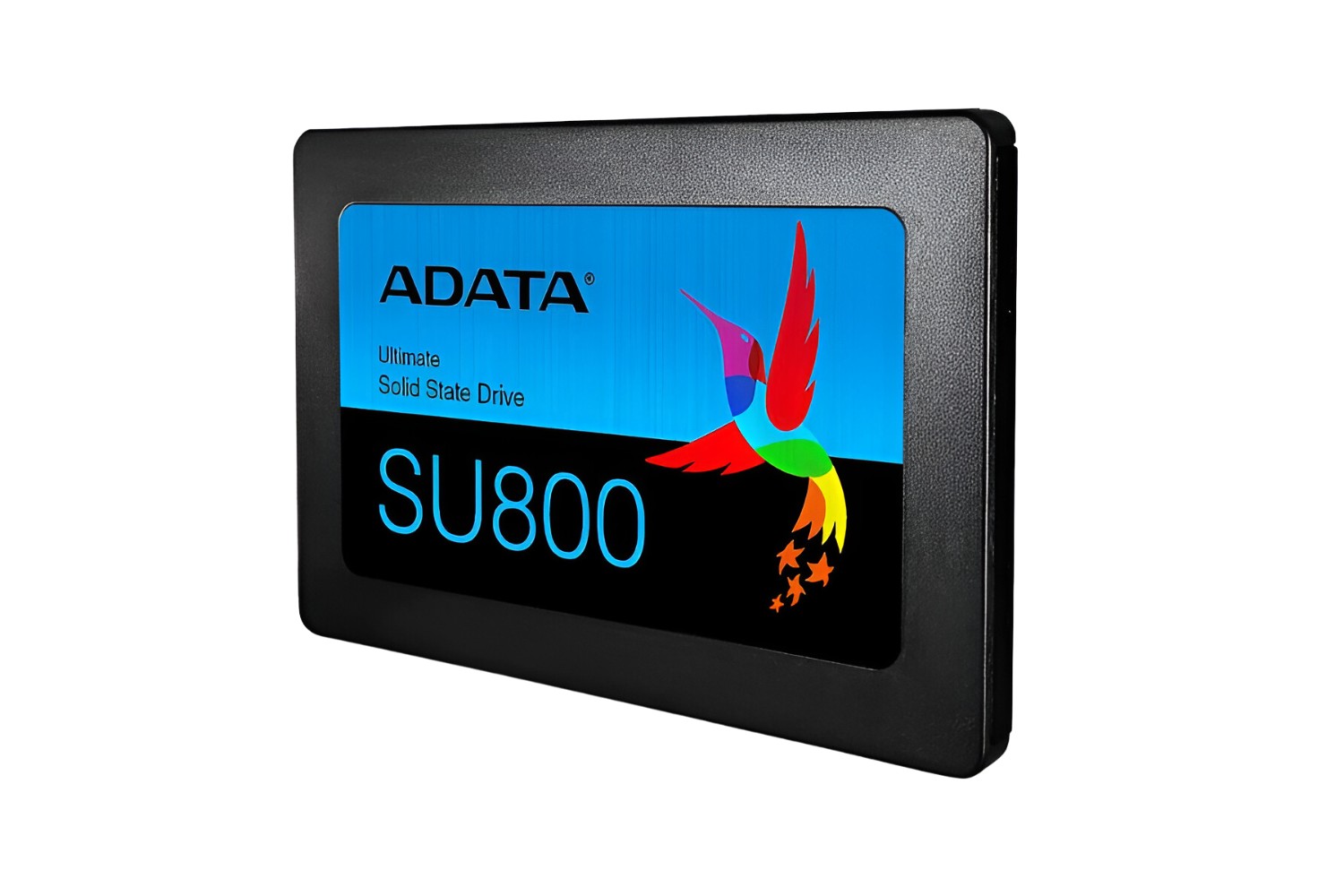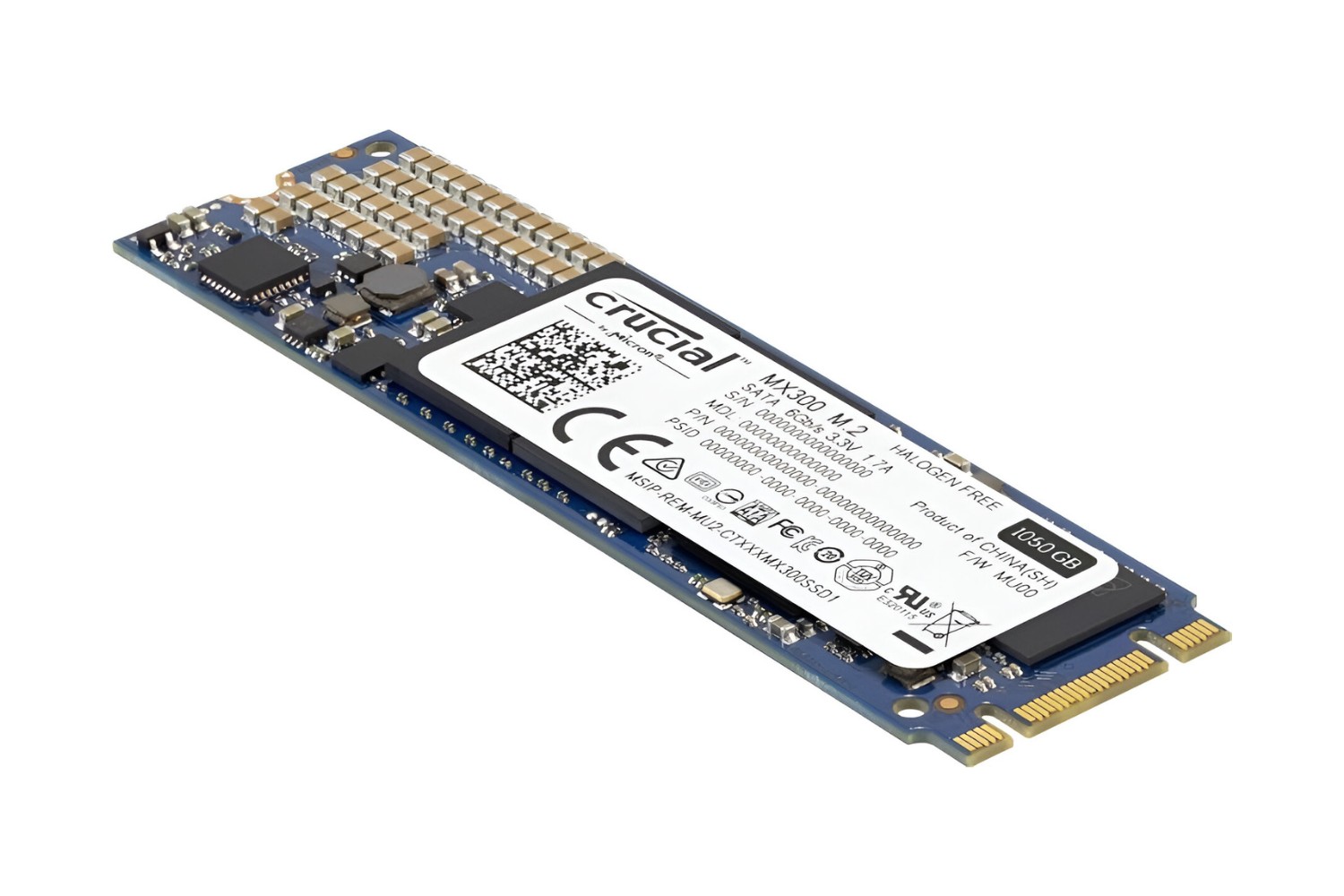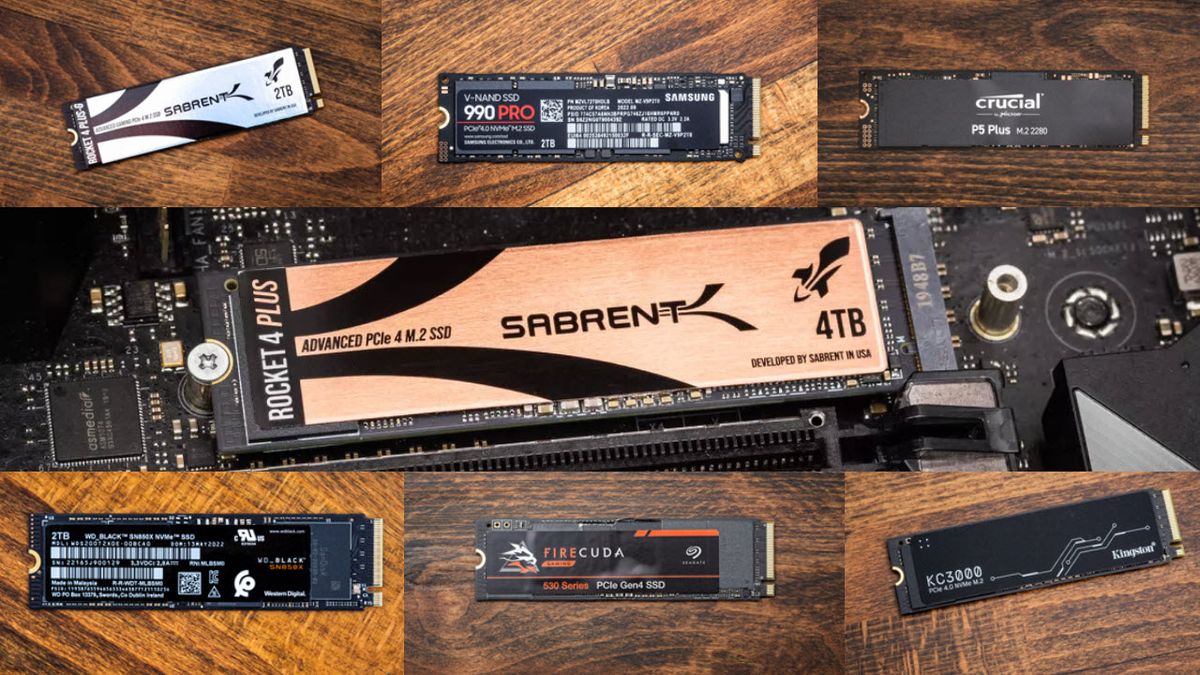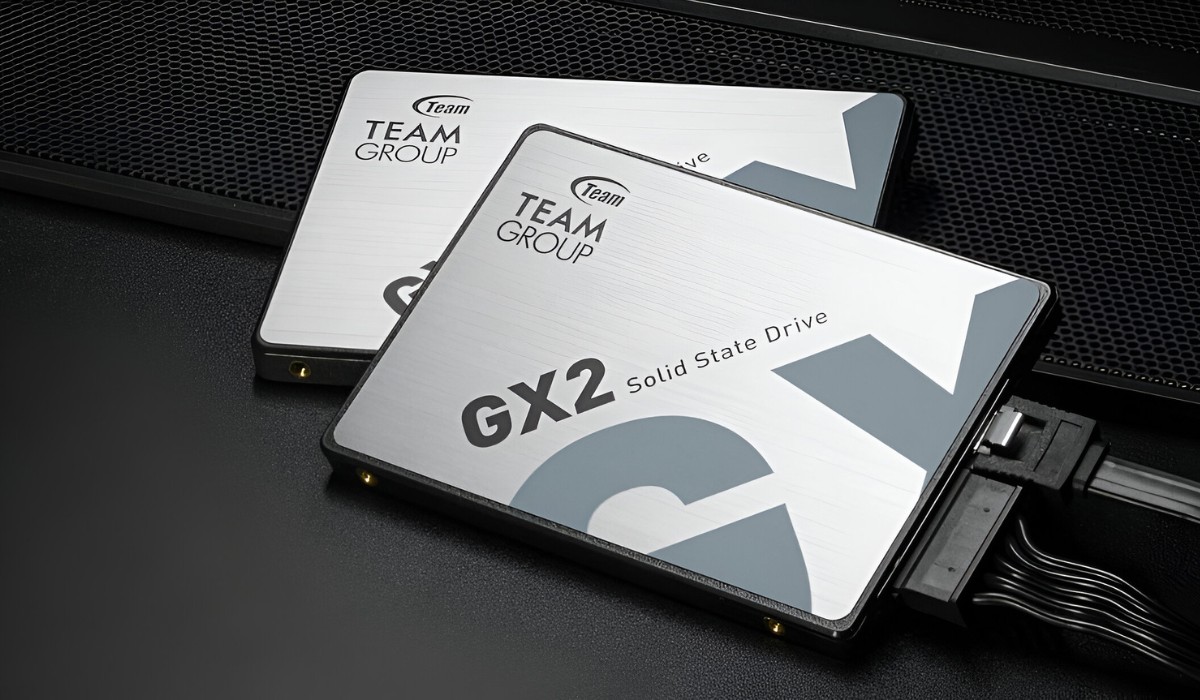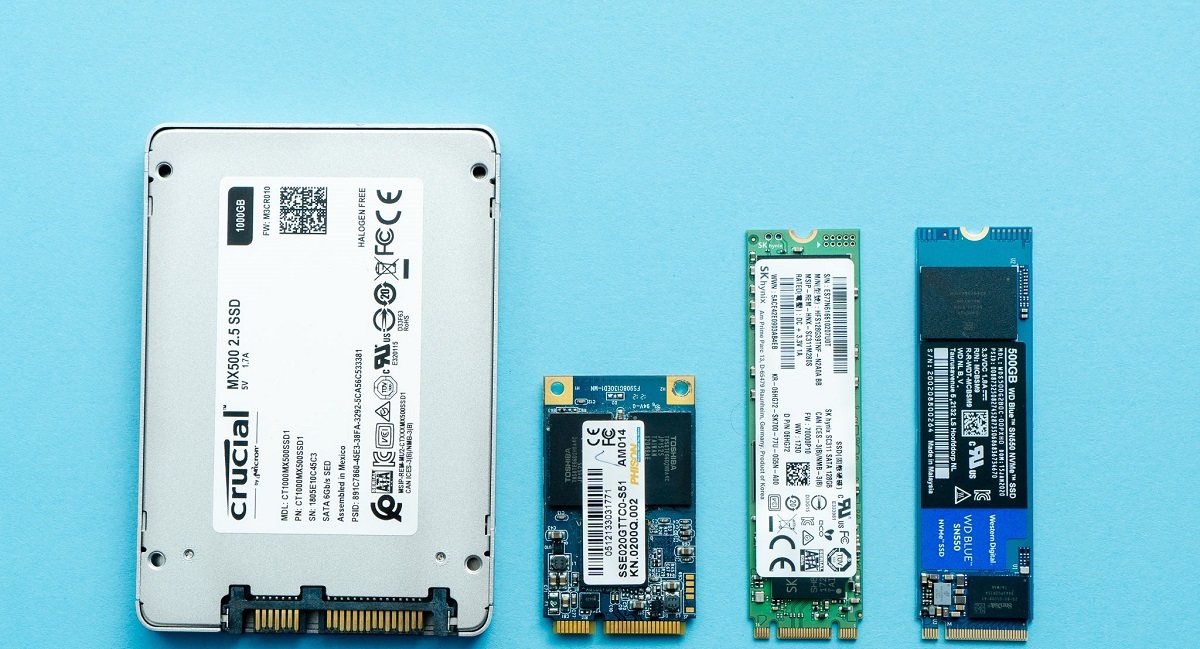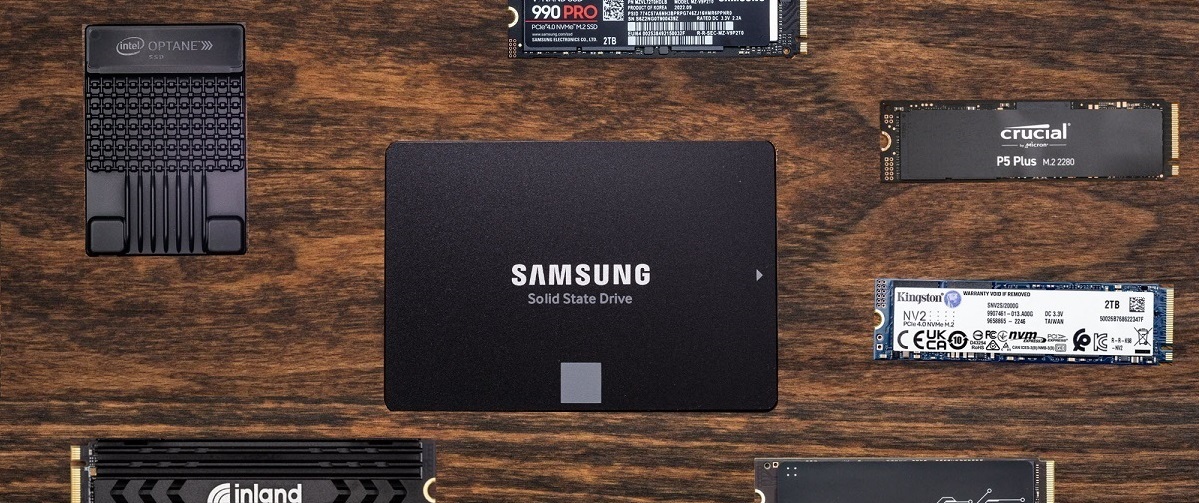Introduction
As technology continues to advance at a rapid pace, so too does the demand for faster and more efficient storage solutions. One such innovation that has revolutionized the world of data storage is the 3D NAND internal solid-state drive (SSD).
NAND flash memory is a type of non-volatile storage technology commonly used in USB drives, memory cards, and solid-state drives. It offers high-speed data transfer rates and low power consumption, making it ideal for portable devices and computer storage.
However, traditional NAND flash memory has its limitations. As manufacturers sought ways to increase storage capacity without sacrificing performance, they developed a new type of NAND technology known as 3D NAND.
3D NAND takes storage density to new heights by stacking memory cells on top of each other in multiple layers. This vertical architecture allows for higher capacities and improved performance compared to planar NAND flash memory.
In this article, we will explore what exactly 3D NAND technology is, how it works, and the advantages it offers over traditional NAND flash memory. We will also delve into the differences between 3D NAND SSDs and traditional SSDs, and provide insights on the performance benefits of 3D NAND SSDs. Lastly, we will touch upon some considerations to keep in mind when purchasing a 3D NAND SSD.
Whether you’re a tech enthusiast looking to upgrade your storage solution or a casual user curious about the inner workings of solid-state drives, join us as we delve into the fascinating world of 3D NAND internal solid-state drives.
What is NAND?
NAND flash memory is a type of non-volatile storage technology used in various electronic devices, ranging from smartphones and tablets to solid-state drives (SSDs) and USB drives. It is named after the Boolean logic gate known as the “NOT AND” gate.
Unlike volatile memory like RAM that requires a constant power supply to retain data, NAND flash memory retains data even when power is removed. This makes it ideal for long-term data storage.
NAND memory consists of a grid of memory cells, with each cell storing multiple bits of data. These cells are arranged in a series of rows and columns, with each intersection containing a transistor and a floating gate made of silicon dioxide.
When the transistor is turned on, an electrical current can flow through the cell, allowing data to be read from or written to the memory. By applying voltage to the floating gate, the charge stored in it can be modified, representing either a “0” or a “1” in binary form.
NAND flash memory offers several advantages over traditional storage technologies, such as mechanical hard disk drives (HDDs). It is faster, more durable, and consumes less power. Additionally, NAND memory is resistant to shock and vibration, making it suitable for use in portable devices.
However, the main drawback of NAND flash memory is its limited lifespan. Each memory cell can endure only a limited number of erase and write cycles before it starts to degrade. This phenomenon is known as “wear leveling.” Manufacturers implement wear leveling algorithms to distribute the use of memory cells evenly to maximize the lifespan of NAND flash memory.
Overall, NAND flash memory has become the go-to storage technology for modern devices, offering a compact and reliable solution for storing vast amounts of data. Its versatility and speed have positioned it as the backbone of modern computing and digital storage.
What is 3D NAND?
3D NAND is a type of NAND flash memory technology that takes storage density to new heights by stacking memory cells vertically in multiple layers. Traditional planar NAND flash memory, on the other hand, stores memory cells side by side in a two-dimensional layout.
With 3D NAND, manufacturers are able to achieve higher capacities and improved performance compared to planar NAND. By stacking layers of memory cells, the overall storage capacity of 3D NAND can be significantly increased without increasing the physical size of the chip.
Each layer of 3D NAND consists of memory cells that are connected by channels and wordlines. These cells are accessed using a grid of vertical bit lines that run through all the layers. The vertical architecture allows for more efficient use of space and reduces the overall footprint of the memory chip.
There are two main types of 3D NAND: Floating Gate (FG) and Charge Trap Flash (CTF). Floating Gate 3D NAND uses a floating gate structure similar to planar NAND, where electrons are stored in a floating gate to represent data. Charge Trap Flash 3D NAND, on the other hand, uses a charge trap layer instead of a floating gate. This helps to enhance durability and reduce interference between cells.
3D NAND offers several advantages over planar NAND flash memory. First and foremost, it allows for higher storage capacities, with some 3D NAND chips reaching terabyte (TB) capacities. The vertical stacking of memory cells also improves performance, as data can be accessed and written faster. Additionally, 3D NAND is more reliable and has a longer lifespan compared to planar NAND, thanks to improvements in error correction algorithms and wear leveling techniques.
The adoption of 3D NAND technology by SSD manufacturers has resulted in faster and more affordable solid-state drives. This has positively impacted various industries, from gaming and multimedia to data centers and enterprise applications, where high-capacity and high-performance storage solutions are in demand.
With its ability to deliver greater storage capacity, improved performance, and enhanced reliability, 3D NAND has become the driving force behind the next generation of storage technology, shaping the future of data storage and usage.
How does 3D NAND work?
3D NAND technology works by vertically stacking memory cells to increase storage capacity and improve performance. This vertical arrangement allows for a higher density of memory cells within a given footprint, enabling manufacturers to create storage solutions with larger capacities.
The key component of 3D NAND is the vertical stacking of memory layers. Each layer contains an array of memory cells, which are made up of a floating gate (in the case of Floating Gate 3D NAND) or charge trap layer (in the case of Charge Trap Flash 3D NAND). These layers are interconnected by channels and wordlines, and data is stored and retrieved by applying electric pulses to the cells.
Within each memory cell, data is represented by the presence or absence of charges. In Floating Gate 3D NAND, electrons are trapped in the floating gate, while in Charge Trap Flash 3D NAND, charges are captured within the trap layer. The presence of charges corresponds to a binary value of “1”, while the absence of charges represents a value of “0”.
To store data, electric pulses are sent to the memory cells, applying a voltage that determines the level of charge within the cell. By controlling the voltage and the resulting charge, data can be written, modified, or erased. This process involves the movement of charges within the cells, allowing the data to be stored or changed accordingly.
For data retrieval, the voltages applied to the memory cells are read, and the presence or absence of charges is detected. This information is then converted into digital data that can be processed by the computer or device accessing the 3D NAND storage.
The vertical architecture of 3D NAND allows for increased scalability and improved performance. As more layers are stacked, the storage density and capacity of the NAND flash memory increases. The smaller footprint compared to planar NAND also enables more efficient use of space within devices, optimizing the overall design.
Moreover, the vertical stacking of memory cells in 3D NAND minimizes the interference between adjacent cells, resulting in improved reliability and endurance. This allows for a longer lifespan and longevity of the storage solution, making it more suitable for demanding applications.
In summary, 3D NAND technology utilizes a stacked, vertical structure to achieve higher storage densities and enhance performance. By leveraging the vertical architecture, this technology has revolutionized the capabilities of NAND flash memory, enabling the development of more powerful and efficient storage solutions.
Advantages of 3D NAND
3D NAND technology offers several advantages over traditional planar NAND flash memory, making it a significant breakthrough in the field of storage technology. Here are some key advantages:
1. Increased storage capacity: One of the main advantages of 3D NAND is its ability to achieve higher storage capacities compared to planar NAND. By stacking memory cells vertically, manufacturers can pack more data into a smaller physical space, allowing for larger capacity SSDs and other storage devices.
2. Improved performance: The vertical architecture of 3D NAND enables faster data transfer speeds and access times. This is because the vertical stacking of memory cells reduces the distances that data has to travel, resulting in improved read and write performance. As a result, applications load faster, files transfer more quickly, and overall system performance is enhanced.
3. Enhanced durability: With 3D NAND, durability and reliability are improved. The vertical arrangement of memory cells reduces the interference between adjacent cells, minimizing the risk of data corruption or loss. Additionally, manufacturers have implemented advanced error correction algorithms and wear leveling techniques to ensure better longevity and endurance of 3D NAND SSDs.
4. Cost-effective: While 3D NAND initially introduced a price premium, as the technology has matured and gained widespread adoption, the cost has become more competitive. The increased storage density of 3D NAND allows for more efficient production, reducing manufacturing costs and making it a cost-effective option for consumers and businesses.
5. Lower power consumption: 3D NAND SSDs consume less power compared to traditional HDDs or even earlier generations of NAND flash memory. This results in improved battery life for portable devices and reduced energy consumption for data centers and other large-scale storage environments.
6. Compatibility and versatility: 3D NAND technology is compatible with existing interfaces and standards, enabling seamless integration into a wide range of devices. Whether it is a laptop, desktop, gaming console, or server, 3D NAND offers versatile storage solutions that can cater to various needs.
These advantages have made 3D NAND a game-changer in the storage industry. The technology has brought about significant improvements in storage capacity, performance, durability, and cost-effectiveness, making it the preferred choice for high-capacity and high-performance storage applications.
How does a 3D NAND SSD differ from traditional SSDs?
3D NAND solid-state drives (SSDs) differ from traditional SSDs primarily in terms of the underlying flash memory technology used. While traditional SSDs typically use planar NAND flash memory, 3D NAND SSDs leverage advanced vertical stacking techniques to achieve higher storage capacities and improved performance.
The key difference lies in the memory cell structure. In traditional SSDs, planar NAND flash memory stores data in a two-dimensional layout, with memory cells arranged side by side on a silicon wafer. On the other hand, 3D NAND SSDs use a three-dimensional structure, with memory cells stacked vertically in multiple layers.
This vertical stacking allows for higher storage densities and increased capacity in 3D NAND SSDs compared to their planar counterparts. By adding more layers, manufacturers can pack more memory cells into the same physical space, leading to larger capacity SSDs without needing to increase the size of the storage device.
Additionally, the vertical architecture of 3D NAND SSDs provides several advantages over traditional SSDs:
- Improved performance: The vertical arrangement of memory cells in 3D NAND SSDs reduces the distances that data has to travel, resulting in faster read and write speeds. This translates to quicker boot times, faster application loading, and improved overall system responsiveness.
- Increased durability: The vertical stacking of memory cells in 3D NAND SSDs helps to minimize cell-to-cell interference and improve the overall endurance of the drive. This means that 3D NAND SSDs can withstand more program/erase cycles before performance degradation occurs, providing a longer lifespan compared to traditional SSDs.
- Higher storage capacities: The vertical structure of 3D NAND allows for greater storage densities, enabling manufacturers to produce SSDs with larger capacities. This is particularly beneficial for users who require high-capacity drives for storing large files, multimedia content, or running resource-intensive applications.
- Better cost-effectiveness: While 3D NAND SSDs initially introduced a price premium compared to traditional SSDs, the technology has become more cost-effective as it has matured and gained wider adoption. The increased storage densities of 3D NAND enable more efficient production, leading to lower costs per gigabyte of storage.
Despite these differences, 3D NAND SSDs maintain compatibility with existing interfaces, such as SATA and NVMe, ensuring seamless integration into various devices. This makes them a viable upgrade option for users who want to enhance the storage performance and capacity of their laptops, desktops, or other compatible systems.
In summary, 3D NAND SSDs offer higher storage capacities, improved performance, increased durability, and better cost-effectiveness compared to traditional SSDs. This makes them an attractive choice for individuals and businesses seeking high-performance and high-capacity storage solutions.
Performance Benefits of 3D NAND SSDs
3D NAND solid-state drives (SSDs) provide a range of performance benefits that make them a superior storage choice compared to traditional hard disk drives (HDDs) and even earlier generations of NAND flash memory-based SSDs. Here are some of the significant performance benefits of 3D NAND SSDs:
- Faster data transfer speeds: The vertical architecture of 3D NAND SSDs allows for faster data transfer rates compared to traditional HDDs. With sequential read and write speeds that can reach several gigabytes per second (GB/s), 3D NAND SSDs significantly reduce loading times for applications and files, resulting in a more responsive user experience.
- Improved random read and write performance: 3D NAND SSDs excel in random read and write operations, providing faster access to small and fragmented files. This is particularly beneficial for tasks that involve accessing numerous small files or multitasking, where the speed of random I/O operations is crucial for overall system performance.
- Reduced latency: The vertical stacking of memory cells in 3D NAND SSDs helps to reduce data access latency. This means that data is retrieved and written more quickly, resulting in faster response times and improved system responsiveness, especially in situations where low latency is crucial, such as gaming or professional applications like video editing or data analysis.
- Enhanced multitasking capabilities: Thanks to their superior read and write speeds, 3D NAND SSDs can handle multiple read and write requests simultaneously. This allows for seamless multitasking, enabling users to run multiple applications or perform resource-intensive tasks without experiencing significant performance degradation.
- Efficient power consumption: 3D NAND SSDs are known for their energy efficiency, consuming less power compared to traditional HDDs. This is advantageous for portable devices, as it helps to extend battery life, resulting in longer usage between charges. Additionally, in data center environments, 3D NAND SSDs contribute to reducing overall power consumption and operating costs.
- Reliable and consistent performance: 3D NAND SSDs offer consistent and reliable performance over time. Their advanced wear leveling algorithms help to evenly distribute data writes across memory cells, minimizing performance degradation caused by frequent usage. This ensures that the SSD maintains its optimal performance throughout its lifespan.
The performance benefits of 3D NAND SSDs make them an ideal choice for a wide range of applications, including gaming, multimedia editing, data-intensive workflows, and operating systems that benefit from fast data access and high throughput.
Overall, 3D NAND SSDs provide significant performance advantages over traditional HDDs and earlier generations of SSDs, offering faster data transfer speeds, reduced latency, improved multitasking capabilities, energy efficiency, and consistent performance. These benefits make 3D NAND SSDs an excellent investment for users seeking enhanced storage performance and efficiency.
Considerations when purchasing a 3D NAND SSD
When considering the purchase of a 3D NAND solid-state drive (SSD), there are several key factors to keep in mind to ensure that you choose the right SSD for your needs. Consider the following important considerations:
- Storage capacity: Determine your storage requirements and choose an SSD with an appropriate capacity. Consider the types of files and applications you will be storing, as well as any future expansion needs. Select a 3D NAND SSD with a capacity that suits your current and future storage needs.
- Performance: Assess the performance specifications of the 3D NAND SSD, including the sequential read and write speeds, random read and write speeds, and input/output operations per second (IOPS). Higher performance specifications translate to faster data transfer and better overall system responsiveness.
- Form factor: Determine the required form factor of the SSD based on your device’s compatibility. 3D NAND SSDs come in various form factors, such as 2.5-inch, M.2, and PCIe. Ensure that the SSD you choose is compatible with your device’s interface and physical dimensions.
- Endurance and durability: Consider the endurance rating and durability of the 3D NAND SSD. Assess the total bytes written (TBW) specification, which indicates the amount of data that can be written to the drive over its lifetime. Higher TBW ratings indicate increased durability and longevity.
- Power efficiency: Evaluate the power efficiency of the 3D NAND SSD, particularly if you intend to use it in a portable device. A power-efficient SSD can help extend battery life, reducing the frequency of recharging for laptops, tablets, or other battery-powered devices.
- Reliability and warranty: Look for reputable brands and SSD models that have a good track record for reliability. Check the warranty period provided by the manufacturer as an indicator of their confidence in the SSD’s quality and performance. A longer warranty period is generally preferable.
- Price: Consider the price-to-performance ratio when comparing different 3D NAND SSD options. Assess the SSD’s features, specifications, and reputation, and consider how they align with your budget. Compare prices from different retailers to find the best value for your money.
Take the time to research and read reviews for the specific 3D NAND SSD models you are interested in. This will provide valuable insights into real-world performance, user experiences, and any potential issues that may arise.
By considering these factors, you can make an informed decision when purchasing a 3D NAND SSD. Selecting an SSD that meets your storage needs, offers reliable performance, and fits within your budget will ensure a satisfying and efficient storage solution for your computing needs.
Conclusion
3D NAND technology has revolutionized the world of storage by offering higher capacities, improved performance, and enhanced durability compared to traditional NAND flash memory. By stacking memory cells vertically in multiple layers, 3D NAND allows for increased storage density without sacrificing performance or reliability.
With faster data transfer speeds, reduced latency, and improved multitasking capabilities, 3D NAND solid-state drives (SSDs) provide a significant boost in overall system performance. The ability to handle large amounts of data quickly makes 3D NAND SSDs ideal for applications such as gaming, multimedia editing, and data-intensive workloads.
Furthermore, 3D NAND SSDs are more power-efficient, consuming less energy and contributing to longer battery life for portable devices. They also offer increased endurance and reliability, thanks to advancements in wear leveling algorithms and error correction techniques.
When purchasing a 3D NAND SSD, it is essential to consider factors such as storage capacity, performance, form factor, endurance, power efficiency, and reliability. Understanding your specific requirements and comparing different SSD models will help you select the best storage solution that meets your needs and budget.
In summary, 3D NAND technology has revolutionized the storage industry, offering improved performance, higher capacities, and enhanced durability. As technology continues to advance, we can expect even greater innovations in storage solutions, further pushing the boundaries of what is possible.







